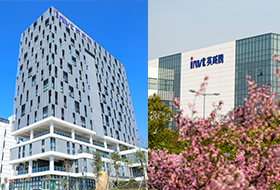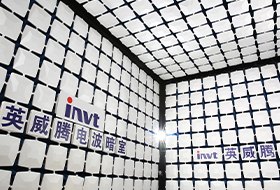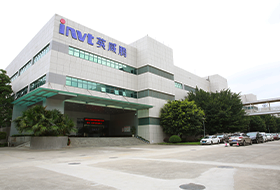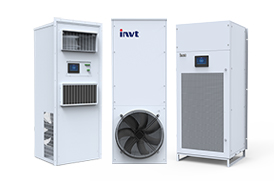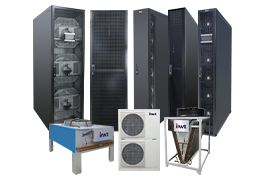Things to note when installing precision cooling in computer rooms
The installation of precision cooling in the computer room is a very critical step in the computer room project. Only after professional installation can IT room coolings achieve good cooling effects, reduce failure rates, and ensure longer service life.
Unpacking inspection:
After receiving the air conditioning equipment, check the accessories according to the packing list and check whether the accessories are complete and whether they are damaged. If any accessories are found to be missing or damaged, report them immediately to the transporter and air conditioner manufacturer. If any hidden damage is found during later use, report it immediately to the transporter and air-conditioning manufacturer.
Installation Precautions:
In order to ensure the heat dissipation effect of IT room coolings, the outdoor unit should be installed in an environment with good air circulation and no obstructions. Try to install the outdoor unit in a clean environment and avoid snow as much as possible, because dust or snow may block the condenser. Make sure there is no steam, waste heat, etc. near the outdoor unit of the IT room cooling. If the outdoor unit is installed on the roof, pay attention to protecting the waterproof layer on the roof and comply with relevant local regulations.
Before installing a IT room cooling, first confirm whether the installation environment meets the requirements and whether the building needs to be modified to accommodate pipe laying and wiring. Installation needs to strictly follow the design drawings and reserve space for maintenance.
1. The requirements for the installation of IT room cooling indoor units in the computer room:
a. The computer room should be moisture-proof and heat-insulated.
b. Ensure the sealing of the computer room and try to avoid communication between the external environment and the internal environment of the computer room.
2. Space requirements for the installation of IT room cooling indoor units:
a. Avoid installing the indoor unit in a narrow space, otherwise it will hinder the flow of air, shorten the refrigeration cycle of the air conditioner, and may also cause short circuits of the air outlet and return air and noise.
b. Avoid installing the indoor unit in a recess or at the end of a long and narrow space.
c. Avoid installing multiple indoor units close together, which will lead to cross-air flow, unbalanced load, and competitive operation.
d. Avoid installing other equipment above the indoor unit to facilitate normal maintenance of the indoor unit.

 networkpowersales@invt.com.cn
networkpowersales@invt.com.cn
